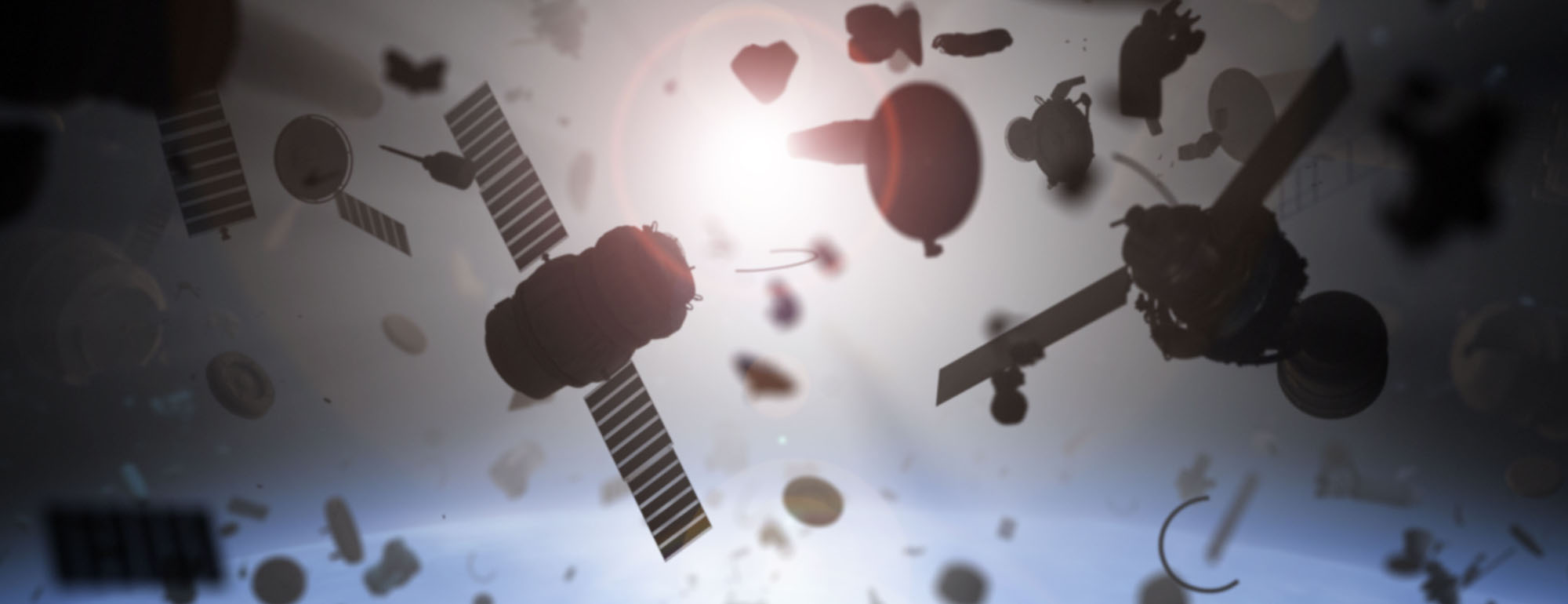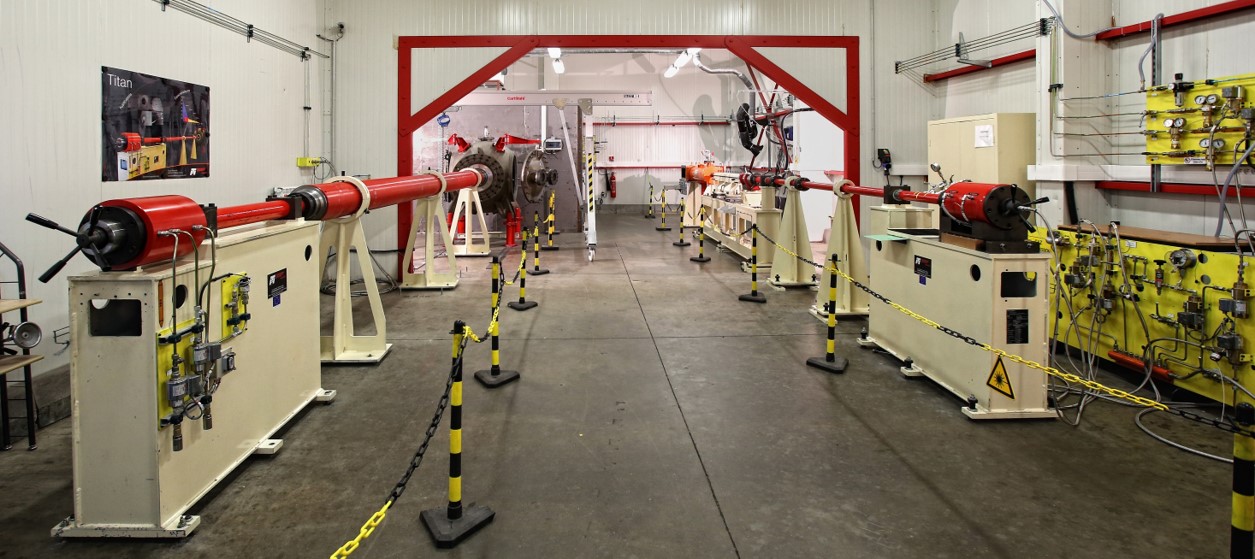
THIOT INGENIERIE, world leader in gas gun manufacturing and hypervelocity ballistic tests, has recently reached a new record: performing hypervelocity impact tests at a velocity of 10.5 km/s (23 500 mph)! A world first in two-stage light gas guns, which will be used for space industry to simulate space debris impacts on satellites.

Space debris, a serious threat
Space debris are artificial objects that circulate in earth orbit, coming from space missions but not used anymore: launchers upper stages, satellites, tanks, protective covers, but mostly debris after spacecraft explosion or collision.
This is today a real issue for space and telecommunication industries. Low orbits are more and more congested with observation satellites (military observation satellites mostly), whereas high orbits are full of geostationary satellites (telecommunication satellites). Since 1957 and Spoutnik launch, more than 5,000 spacecrafts have been sent in space by various world powers. A collision between a satellite and a space debris may cause severe damage to the satellite but also completely disintegrate it. Furthermore, these accidents can generate other space debris, which increase risks of impacts.
The IADC (Inter-Agency Space Debris Coordination Committee) was created in 1993 in order to regulate this matter and establish an international consensus. It is composed of several governmental agencies and aims at exchanging about latest researches related to space debris, conducting new studies and developing preventive measures. With its recent achievement, THIOT INGENIERIE wishes to join the group of laboratories selected by the IADC.
Actually if space debris with a diameter bigger than 10 cm are under permanent monitoring from Earth, we are unable to monitor the smaller ones which can’t be accurately detected but may generate severe damages in case of collision (a space debris has created a crack in the International Space Station’s window). Here is where THIOT INGENIERIE’s new technology has a key role: ”tests performed in our laboratory will reproduce these impacts in order to assess satellites’ vulnerability and other spacecrafts’, but also to test new materials or concepts designed to limit the generation of secondary debris in case of collision” declares Patrick Thiot, founder.

- 1996, July 24th: a piece of the third stage of Ariane rocket hits the French satellite Cerise.
- 2005, January 17th: a stage of Thor rocket was hit by a Chinese debris.
- 2007, January 11th: non accidental cause. During a test a Chinese anti-satellite missile causes the destruction of a Fengyun-1C (Chinese meteorological satellite) and generates more than one million debris bigger than 1 mm.
- 2007, February 16th: the last stage of a Russian launcher Briz M explodes in orbit above Australia.
- 2012, October 16th: the acceleration unit of a Russian rocket Proton-M explodes because of a technical failure.
An effective partnership with CNES
Faced with dangerous space debris and heavy consequences that may come from them, CNES (National Center for Space Studies) and our laboratory have decided to put their strength together to design new test equipment that will be able to assess the resistance of satellites against space debris which move at about 10 km/s. “We started with vulnerability studies at velocities around 7 km/s, extrapolated at high speeds to redefine theoretical failure modelling codes” explains Patrick THIOT. The company took the decision to invest in R&D with the goal to get as close as possible to the 15 km/s at which real debris travel in space.
Different applications to explore
These hypervelocity tests represent a significant asset in space field and offer an industrial response: performing space debris impact testings on satellites at velocities close to reality. Until now tests at 7 km/s were performed in laboratory, then numerical simulation was used to extrapolate them to obtain larger-scale results and define satellite damaging models. A reliable technique, but still very theoretical. These tests at 10 km/s will today allow to concretely study the consequences of a space debris impact on a satellite and obtain results more faithful to real conditions.
In addition to artificial satellite security, these tests also have applications for planetary science studies or the creation of other celestial bodies. They can also be used to assess deviation on an asteroid close to Earth (near Earth object).

MORE DETAILS ABOUT OUR EXPERTISE FOR SPACE INDUSTRY
